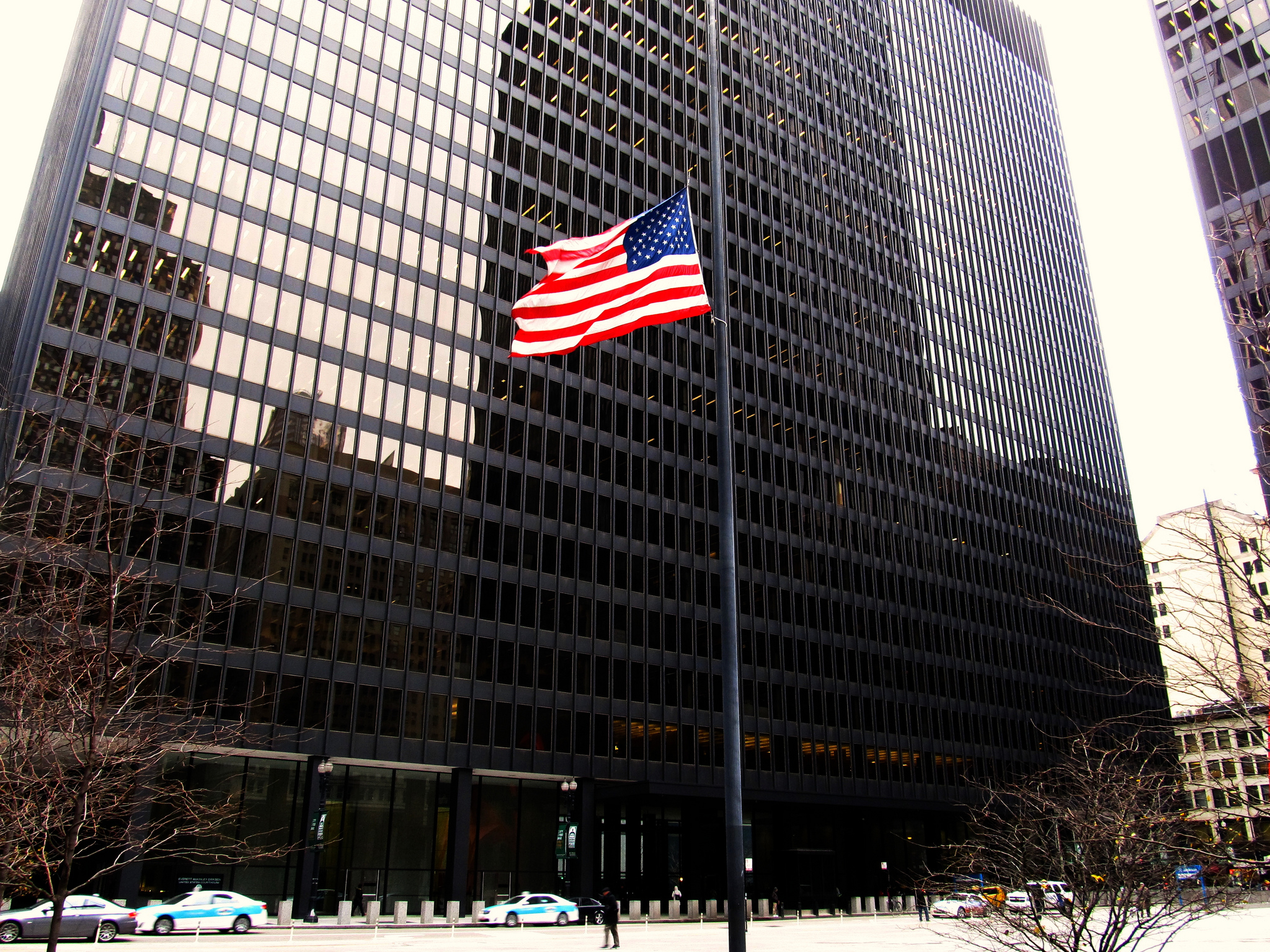It appears likely that President Obama will soon announce his pick to replace Justice John Paul Stevens on the U.S. Supreme Court. As I argued shortly before Justice Stevens announced his retirement, claims about “neutral umpires” notwithstanding, judging on the Supreme Court inevitably (sometimes) involves political judgments. At the same time, however, I do not believe that ideology or political judgments explain everything that the Supreme Court does, although there is a powerful strain of scholarship in political science that effectively makes this claim. This view, championed in particular by Harold Spaeth and his co-author Jeffrey Segal, is known as the “attitudinal model.” In an my article, Coding Complexity: Bringing Law to the Empirical Analysis of the Supreme Court, 60 Hastings L. J. 477 (2009), I criticized the ways in which Spaeth identifies the content of the cases that he studies, in particular omitting information about the legal content of the cases. In my more recent article, The Context of Ideology: Law, Politics, and Empirical Legal Scholarship, 75 Missouri L. Rev. 79 (2010), and recently posted on SSRN, I argue that attempts by Spaeth and other empirical scholars to identify the ideological nature of Supreme Court cases has focused on the wrong metrics. Rather than try to identify how liberal or conservative a given case is, as empirical scholars generally do, we would be better off trying to identify whether ideology played a particularly strong role in the case at all, that is, whether the case was ideologically salient. The abstract of the article is below:
In their confirmation hearings, Chief Justice Roberts and Justice Sotomayor both articulated a vision of the neutral judge who decides cases without resort to personal perspectives or opinions, in short, without ideology. At the other extreme, the dominant model of judicial decisionmaking in political science has long been the attitudinal model, which posits that the Justices‟ votes can be explained primarily as expressions of their personal policy preferences, with little or no role for law, legal reasoning, or legal doctrine.
Many traditional legal scholars have criticized such scholarship for its insistence on the primacy of ideology in judicial decisionmaking, even as empirical legal scholarship has grown in significance and influence in the legal academy. Recently, however, empirical scholars and traditional legal academics have begun to engage in serious discussions with each other about how to think about and evaluate the balance between law and ideology and about how to harness the powerful tools of quantitative analysis to study such questions. In this Article, I offer several contributions to this discussion.
First, the Article evaluates current efforts by empirical scholars to identify the ideological character of cases. These efforts generally assume that the ideological character of a case can be determined by reference to a single liberal-conservative spectrum, and they generally presume that all or most cases present only a single issue. Through a recoding and quantitative analysis of a random sample of recent Rehnquist Court cases, as well as through a qualitative analysis of many of the cases, I establish concretely some of the limitations of these efforts. Specifically, I demonstrate that these approaches are indeterminate and oversimplified, and often prevent scholars from identifying cases in which the Justices face issues that pull them in different ideological directions. At the same time, however, I identify their strengths, particularly the strengths of approaches that leverage information derived from the Justices‟ actual voting patterns.
Finally, I propose a new approach for empirical scholars interested in studying the role of ideology in Supreme Court cases. Rather than starting with the assumption that ideology is the most important factor in Supreme Court decisionmaking, my approach focuses on just how important ideology was to the Justices in a particular case. Measuring ideological salience, I argue, would allow empirical scholars to study the empirical question of when and how ideology – and other factors – affects decisionmaking. Doing so would also open the door to a wide variety of important and interesting research questions. Most importantly, this approach would allow empirical scholars to engage with more traditional legal academics in the important normative debates about when and how ideology should play a role in the work of the Supreme Court.




Leave a Reply